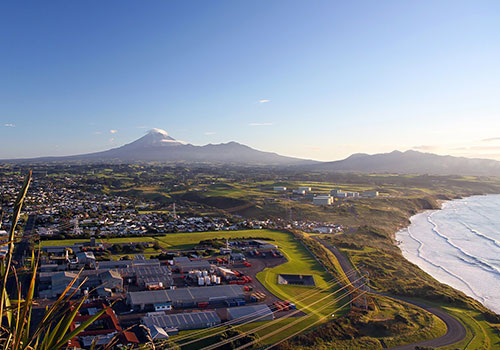Spill prevention
No one wants an oil spill, ever.
- In this section:
The protection of New Zealand’s environment is paramount, as is the safety of oil and gas workers.
Every aspect of assessment, design, and operation of oil and gas facilities are made on the basis of reducing risks to as low as reasonably practicable.
Commercial spills are enormously costly, not only for the environment but also for the company responsible, which is why the industry spends an enormous amount of money to avoid oil spills in the first place.
Let’s look at how our industry manages oil spill risks.
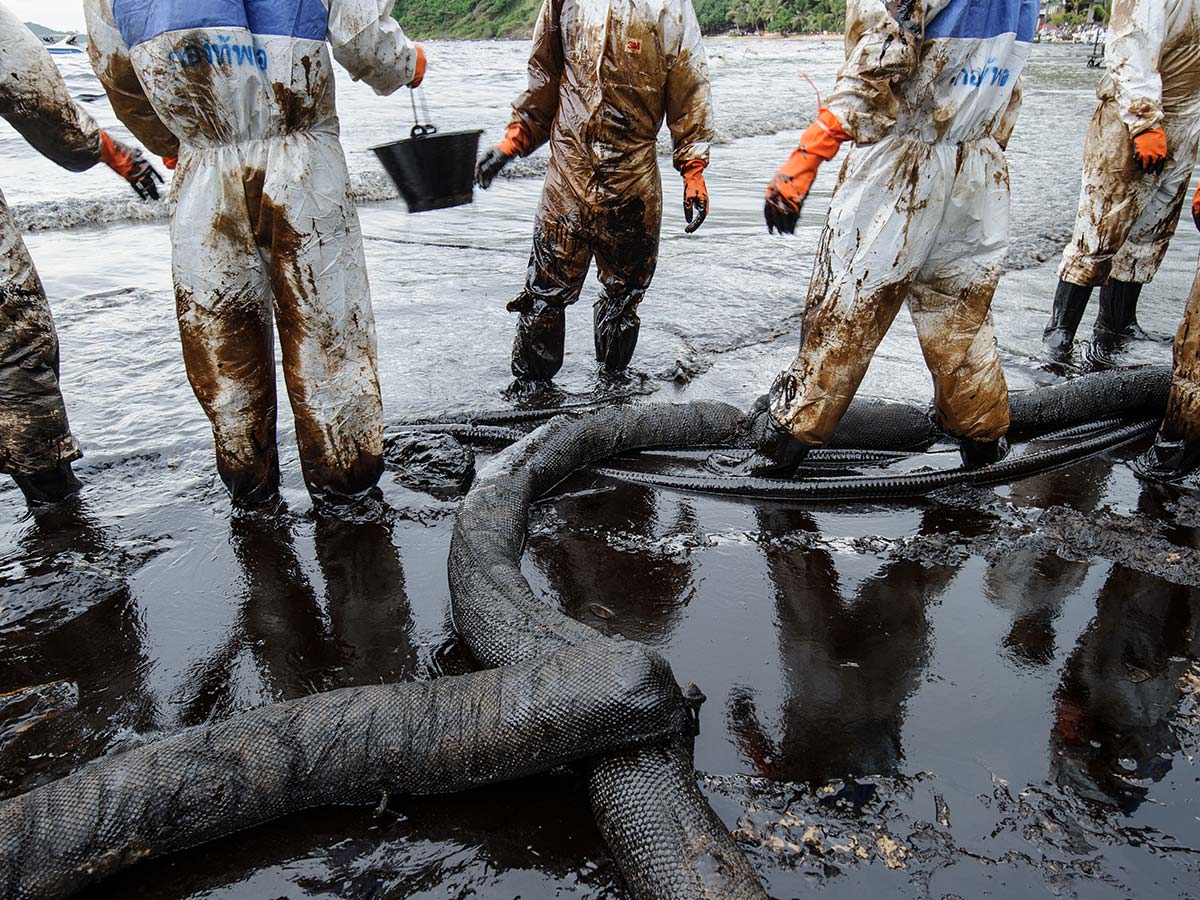
Avoiding an oil spill
1
No oil and gas activity takes place until risk has been identified, addressed and planned for.
Engineering is at the heart of the industry and putting in place multiple barriers to any major adverse event is a key practice.
There is a network of inter-related systems that allow the industry to reduce the risk of oil spills to a level that is accepted as being as low as reasonably practical.
- Stringent legislative/regulatory oversight, including frameworks for assessing, approving, and monitoring every aspect of oil and gas activity. For more, click here to review the Legislative Environment page
- Comprehensive on-the-ground Health and Safety Procedures, including safety cases for installations and drilling rigs, hazard and operability studies (HAZOP), and Permit to Work systems, that seek to avoid incidents of any kind and therefore protect workers and the environments they work in. For more, click here to review our Work Environment page
- Advanced business and operational procedures. Oil and gas is a global industry, and international oil and gas companies comprise of highly skilled and experienced individuals employing cutting edge technologies, ensuring high levels of expertise and decision-making and delivery excellence. For more, click here to visit the Our Processes section
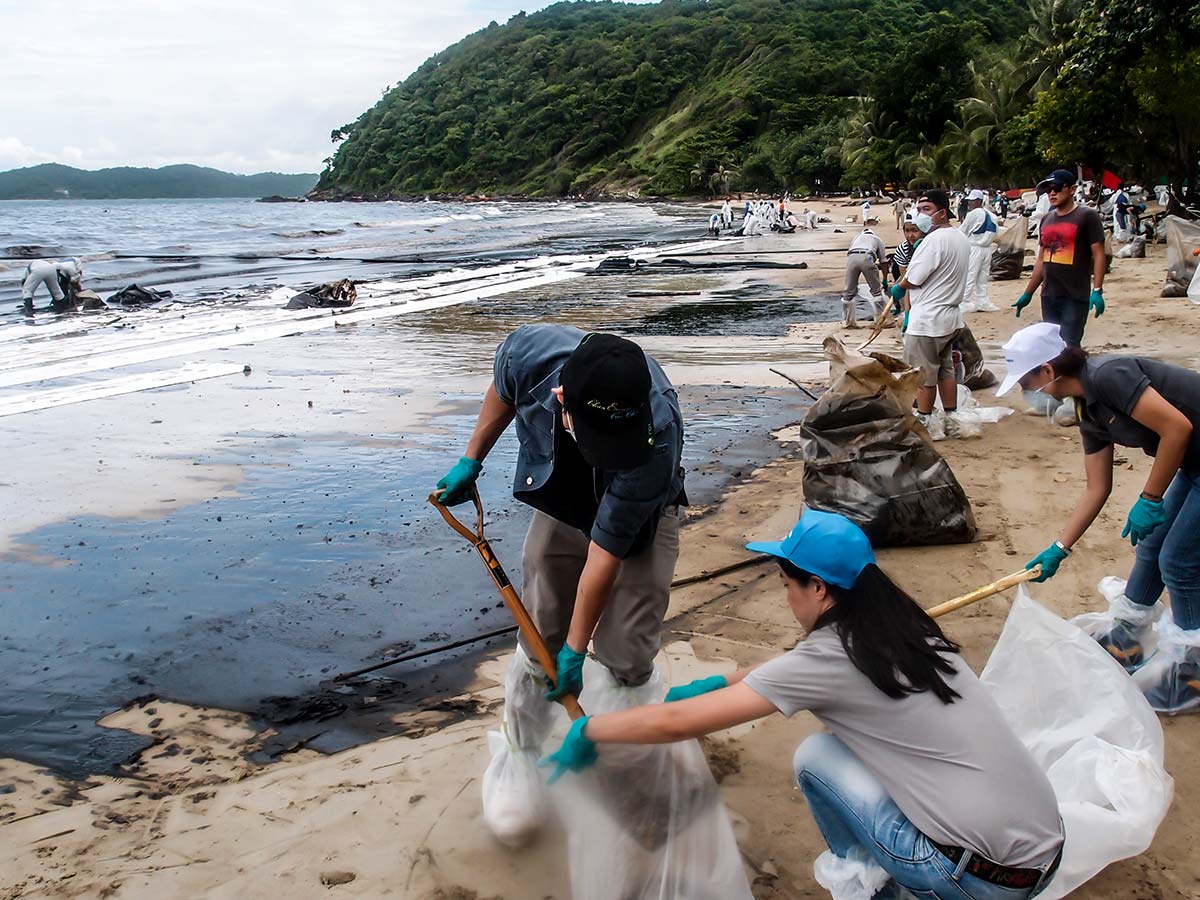
Responding to an oil spill
2
It is a fundamental principle in New Zealand and overseas that preventing an oil spill and maintaining or recovering well control is the responsibility of the operator.
All operators must produce detailed plans on how they will maintain well control through the full lifecycle of the well, and in the extremely unlikely event that well control is lost, to regain control of a well and respond to an oil spill.
In the unlikely event of an oil spill, the responsible companies will be liable to pay all the costs of bringing the incident under control, the clean-up and recovery.
The New Zealand Marine Oil Spill Response Strategy 2015–2019 is a high-level document that sets out the overarching framework for how Maritime New Zealand and its oil spill response partners will respond to a marine oil spill of any size. Legislation provides the Director of Maritime New Zealand with extensive powers to oversee and control the industry response, as well as the mandate to lead the national oil response effort.
Comprehensive marine oil spill contingency plans are in place for each company undertaking drilling or production. Industry would respond initially and immediately using resources identified in their plans. For a large scale spill, Maritime New Zealand would activate the extensive arrangements in the country’s National Plan, immediately deploying the resources we have in New Zealand, as well as activating international support arrangements.
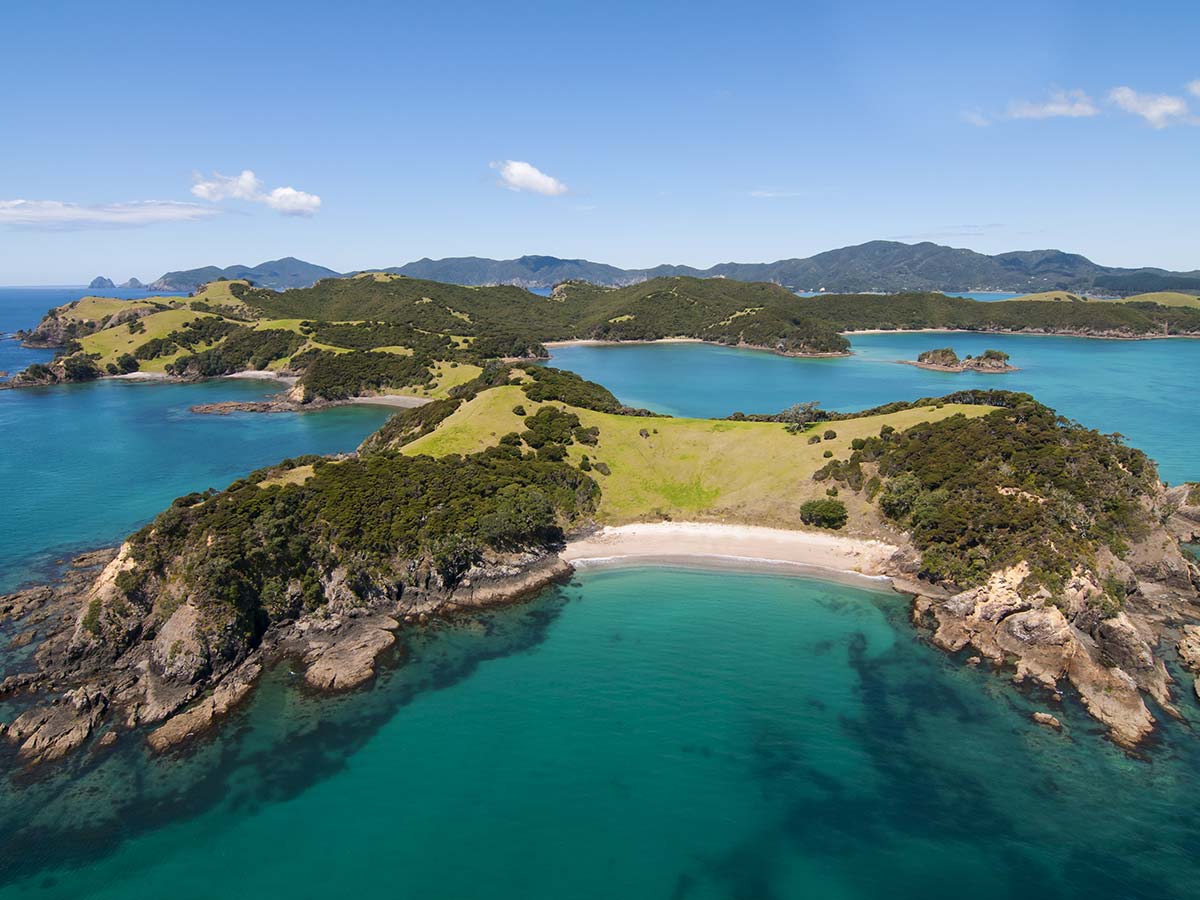
A tiered response
3
In the unlikely event of a major oil spill, New Zealand has a three-tiered system of responses to match the severity of the situation.
A Tier 1 oil spill response is managed by individual operators (the spiller).
Tier 2 is managed by regional councils and unitary authorities. Each council maintains trained oil spill response teams, equipment and a regional response plan.
If a spill is beyond the local response team’s ability to manage, or regional resources are insufficient, or where costs are likely to be significant, a Tier-3 – or national level response – may be called. A Tier 3 spill is controlled by a National On-Scene Commander, who has extensive statutory powers. New Zealand can also call on international resources if needed.
No matter what tier an event is, the spiller is responsible for paying all costs associated with the spill, clean-up and recovery.
In order to maintain a responsive system, regular exercises are carried out to check and optimise spill response capabilities.
The Oil Pollution Levy
4
The Oil Petroleum Levy is collected from maritime industries, including the offshore oil and gas industry, to run New Zealand’s maritime oil pollution preparedness and response system, including purchasing the equipment required to respond to a spill.
The Levy applies to all commercial vessels over 100 gross tons and 24 metres in length (except those operating in fresh water), offshore oil installations, exploration wells and oil pipelines.
Equipment used to respond to an oil spill
5
There is a wide-range of equipment used to bring an oil spill under control, limit its impact and clean-up its effects.
Maritime New Zealand owns over $12 million of equipment to use when responding to marine oil spills. This includes booms, skimmers, dispersants, sorbents and oil recovery vessels. The equipment used to respond to an oil spill is stored and maintained at Maritime New Zealand’s Marine Pollution Response Service warehouse in Auckland and at equipment stockpiles around the country.
All arrangements for the request and deployment of this equipment must be specified in the Oil Spill Contingency Plan submitted by a company as part of the oil and gas permitting process.
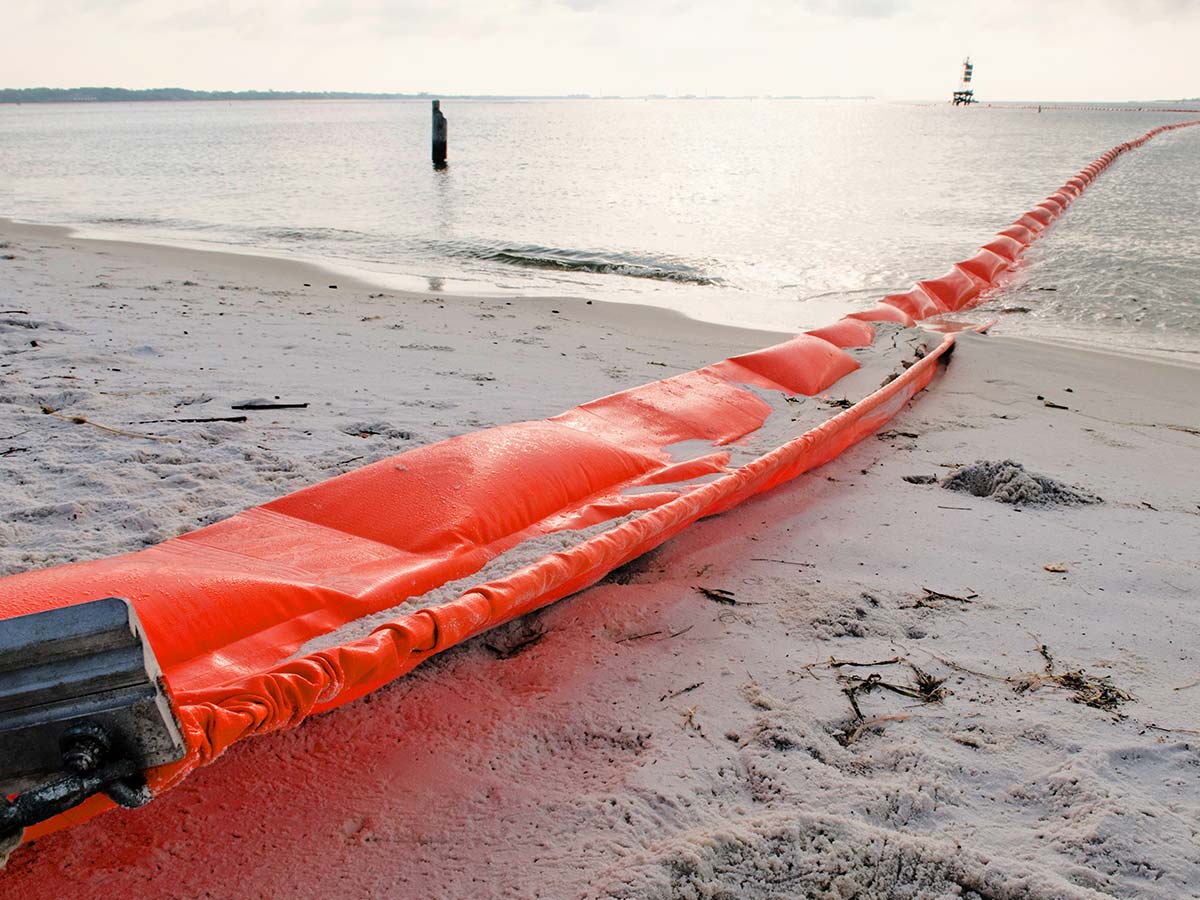
Equipment can be mobilised quickly from anywhere in the country and transported by road and air to the scene of an oil spill.
Given the rarity of major spills around the world, more specialist equipment is stored at strategic locations around the world, including Australia, Singapore, and the United Kingdom. If required this can be deployed by air or ship to the location of a major oil spill incident to assist in bringing the incident under control.
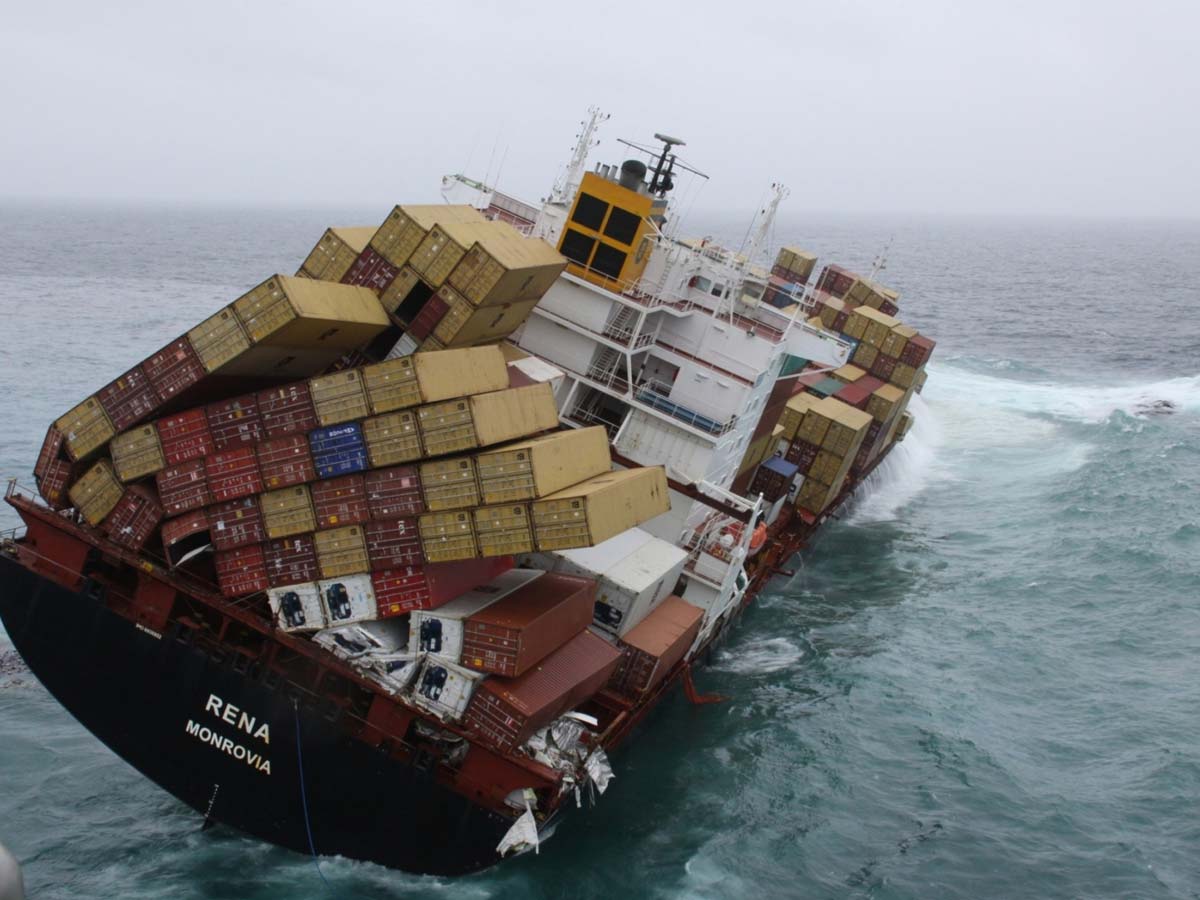
Oil spills in New Zealand
6
Every oil spill, no matter how minor, must be reported, by law, to either the appropriate District or Regional Council (within 12 miles of the coast line) or to Maritime New Zealand (beyond 12 miles from the coast line).
Most oil spills are minor, with just a few litres spilled into the ocean.
The most significant oil spill in recent times was the grounding of the container vessel CV Rena in October 2011 on the Astrolabe Reef (Otaiti) in the Bay of Plenty. This incident resulted in 350,000 litres of heavy transport oil been lost to sea. The CV Rena was not associated with the oil and gas industry.
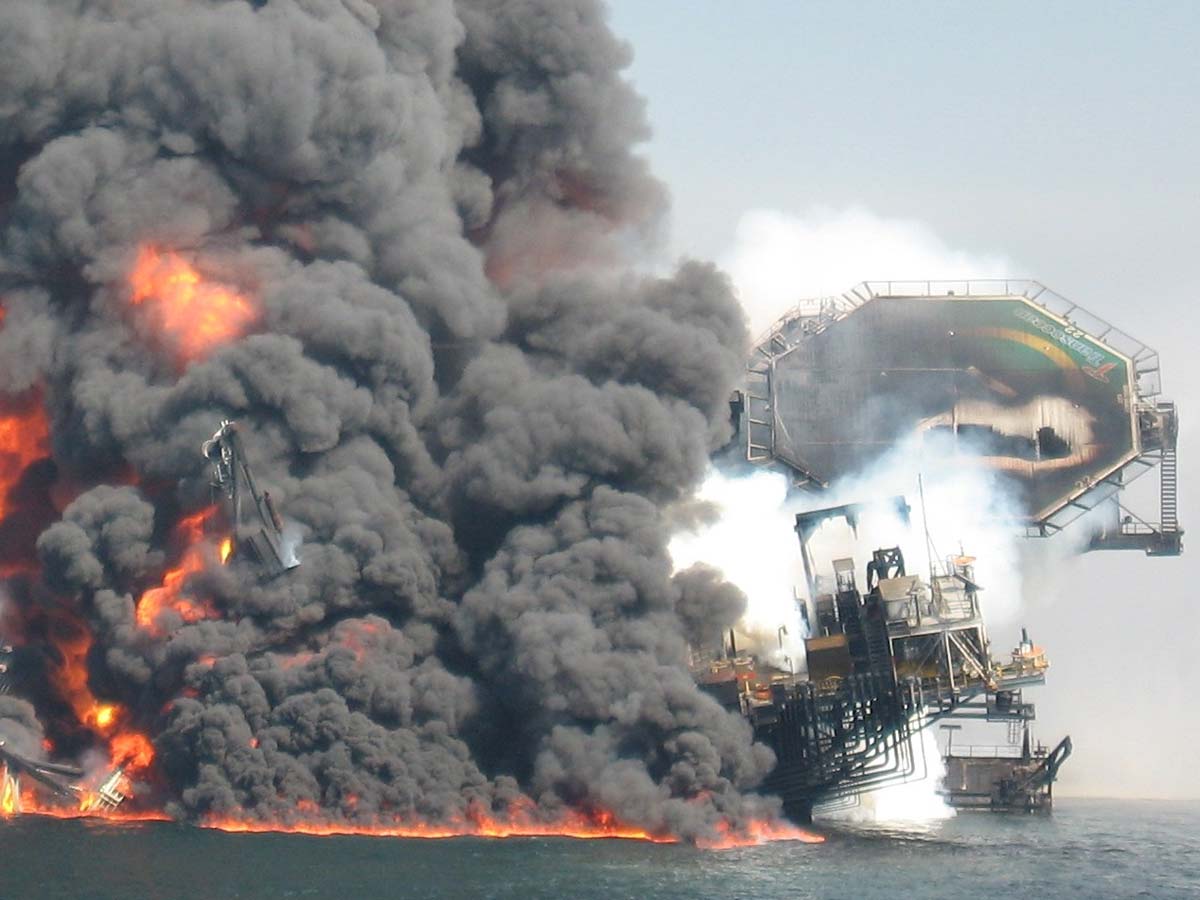
Lessons learnt from Deepwater Horizon
7
Important lessons were learnt from the industry as the result of the Deepwater Horizon incident in the Gulf of Mexico in 2010.
This was the world’s largest oil spill resulting from the petroleum industry, and resulted in significantly increased oversight of offshore oil installations in the United States. Industry and regulators around the world have reconsidered and refined their practices to reflect the lessons learned. As well as the development of new response technologies, there has been an increasing focus on prevention.
New Zealand already has an exceptionally strong regulatory framework monitoring offshore facilities, and operations are closely monitored by a number of agencies.
Although the likelihood of a major offshore oil and gas incident is very low, the consequences are likely to be severe, as seen in the Gulf of Mexico. The ability to control wells using capping and containment was transformed during this incident and these technologies are now internationally available.
Under part of their oil spill contingency plan, an operator must show they are able to access this well-control capability and have considered how it would be deployed. Maritime New Zealand ensures the industry meets this requirement.


